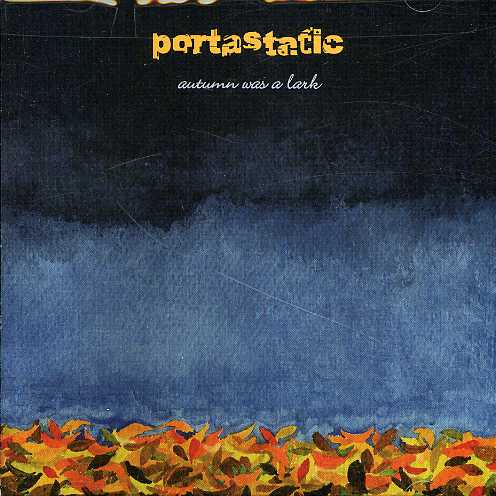
description
irety of Franz Kafka's graphic output, including more than 100 newly discovered drawings "The figures he drew stand alone as stories in themselves."--Lauren Christensen, New York Times Book Review "A sensational new book [that] reveals these hitherto hidden artworks for the first time. . . . This valuable volume allows us to see how, for Kafka, word and image walk arm in arm."--Benjamin Balint, Jewish Review of Books The year 2019 brought a sensational discovery: hundreds of drawings by the writer Franz Kafka (1883-1924) were found in a private collection that for decades had been kept under lock and key. Until now, only a few of Kafka's drawings were widely known. Although Kafka is renowned for his written work, his drawings are evidence of what his literary executor Max Brod termed his "double talent." Irresistible and full of fascinating figures, shifting from the realistic to the fantastic, the grotesque, the uncanny, and the carnivalesque, they illuminate a previously unknown side of the quintessential modernist author. Kafka's drawings span his full career, but he drew most intensively in his university years, between 1901 and 1907. An entire booklet of drawings from this period is among the many new discoveries, along with dozens of loose sheets. Published for the first time in English, these newly available materials are collected with his known works in a complete catalogue raisonné of more than 240 illustrations, reproduced in full color. Essays by Andreas Kilcher and Judith Butler provide essential background for this lavish volume, interpreting the drawings in their own right while also reconciling their place in Kafka's larger oeuvre.
member goods
No member items were found under this heading.
listens & views

DIE GEZEICHNETEN (BRANDED)
by SCHREKER / ADAM / BECHT / MEVEN / ALBRECHT
COMPACT DISCout of stock
$23.75

COMPLETE SYMPHONIES
by PETTERSON / BBC SCOTTISH SYM ORCH / DSO BERLIN
COMPACT DISCout of stock
$95.99
Return Policy
All sales are final
Shipping
No special shipping considerations available.
Shipping fees determined at checkout.





